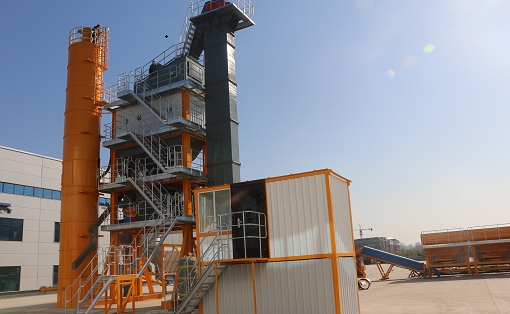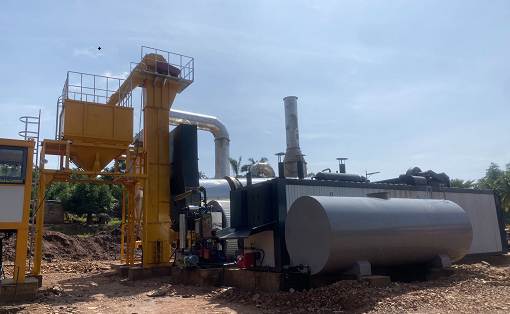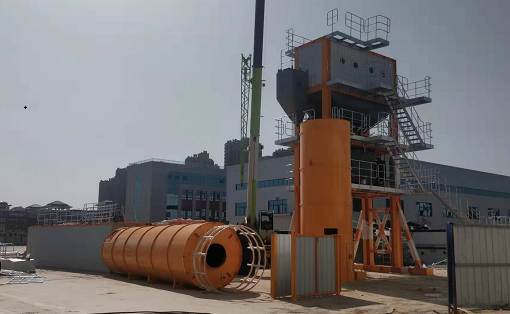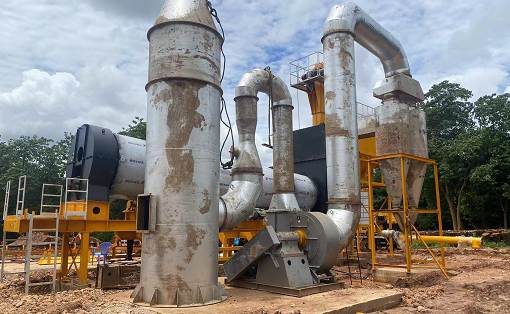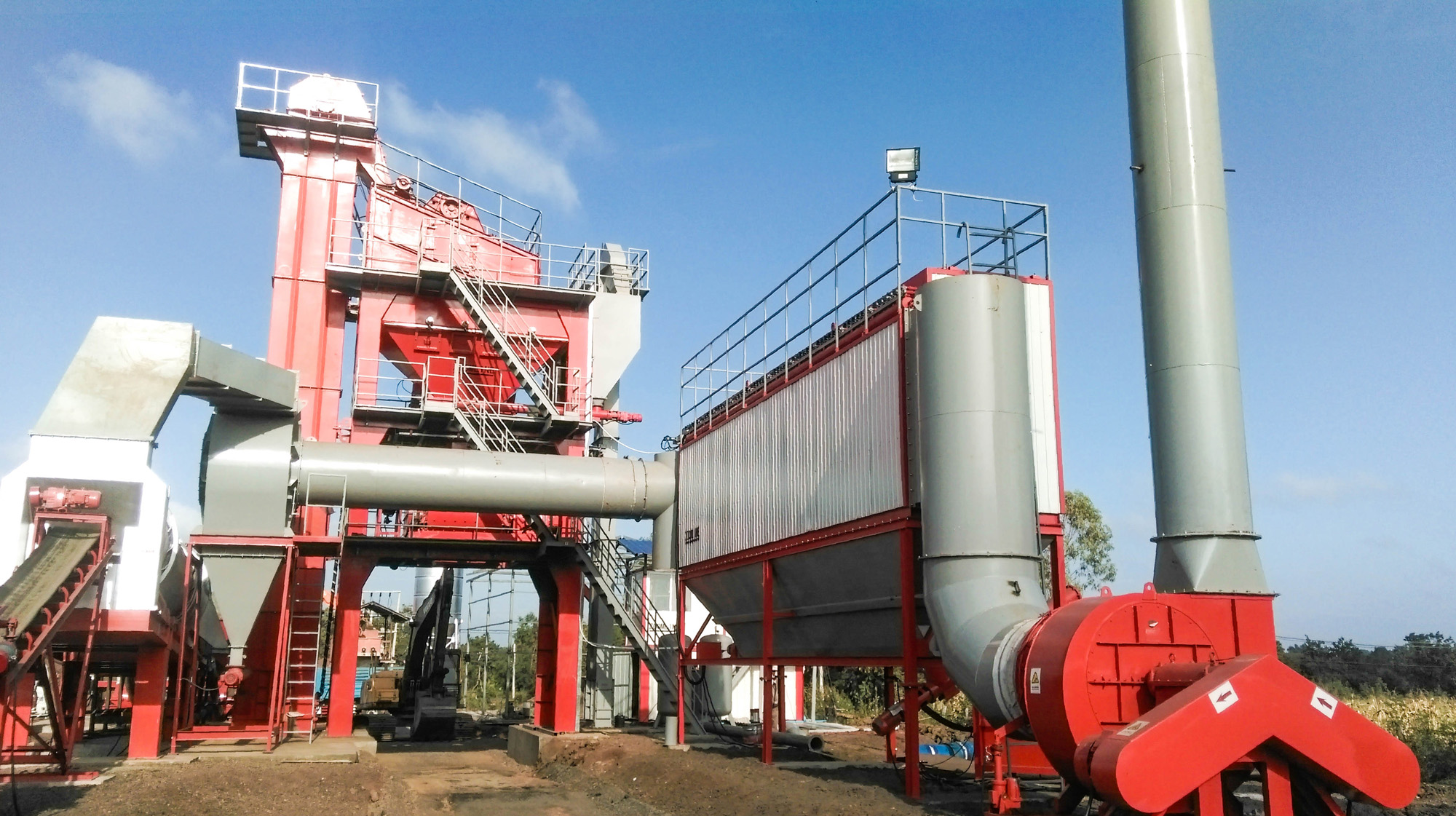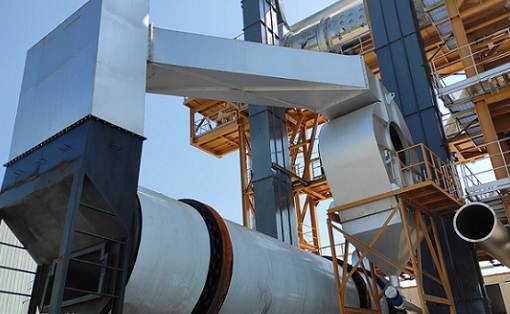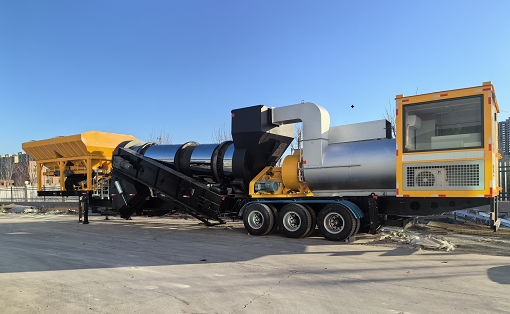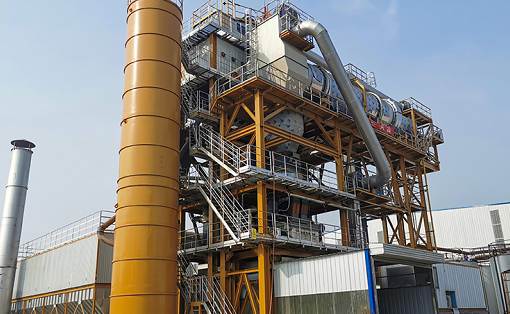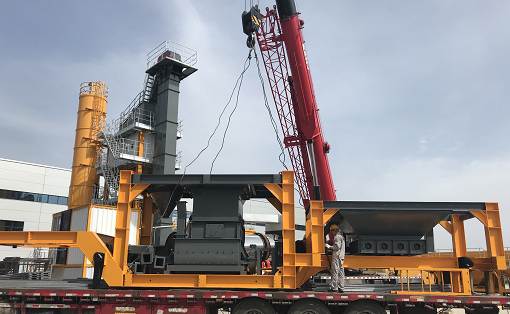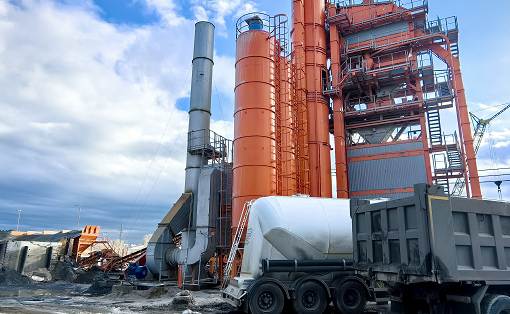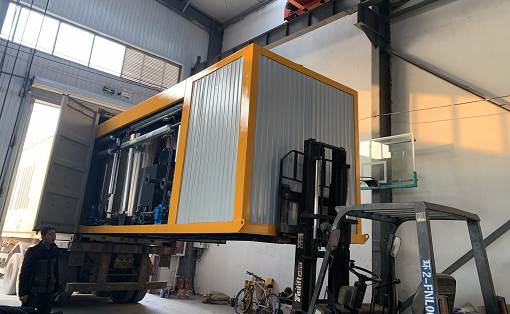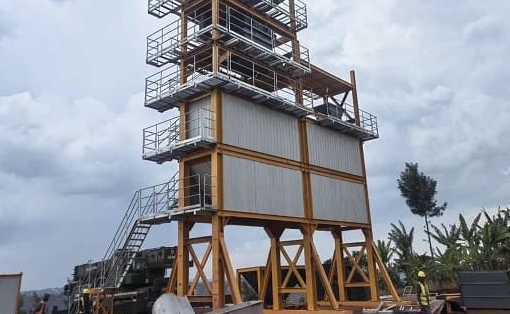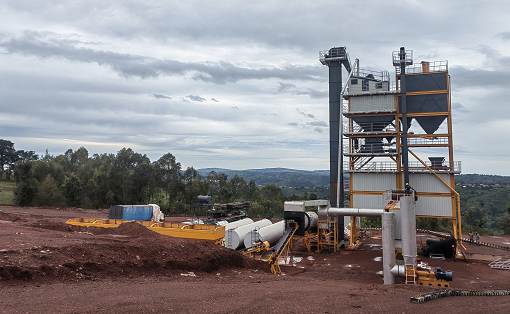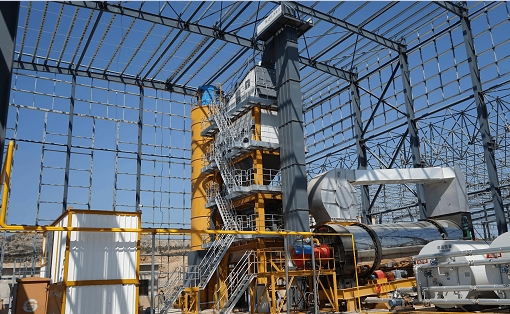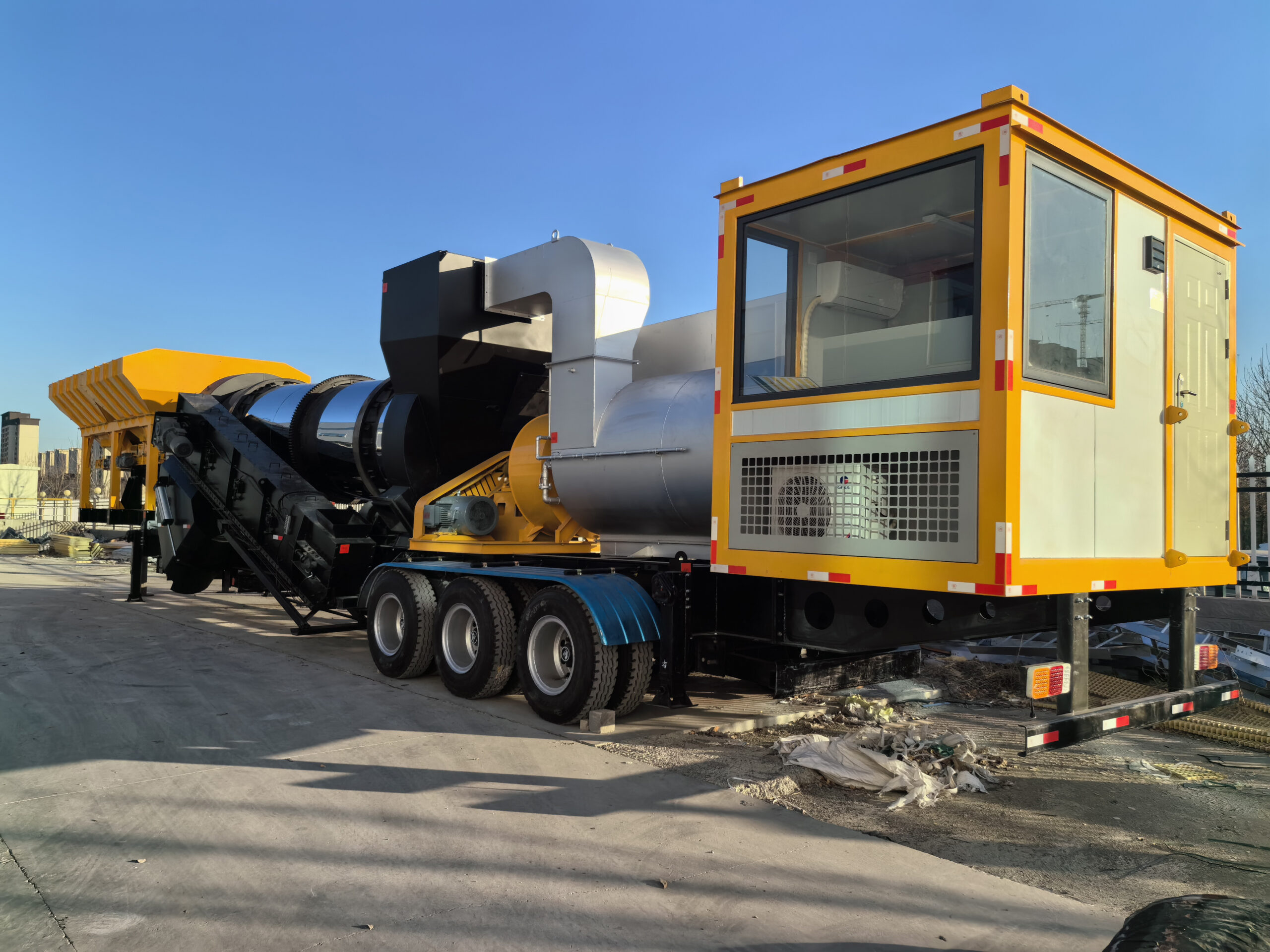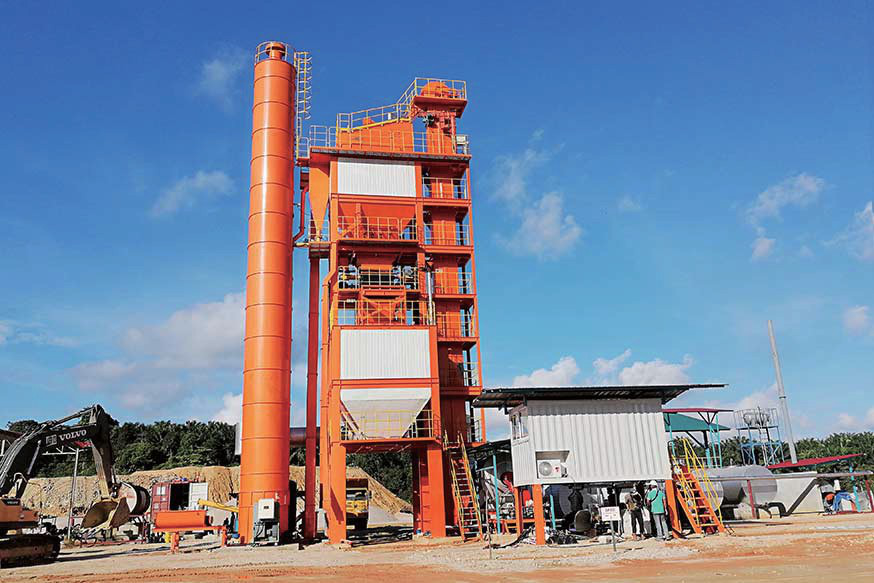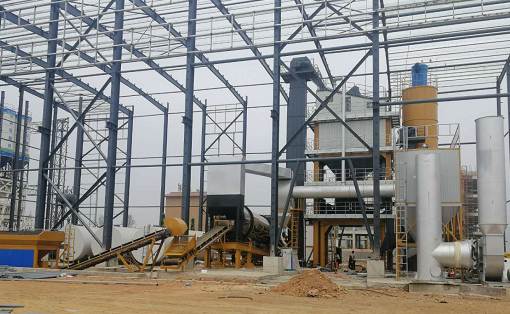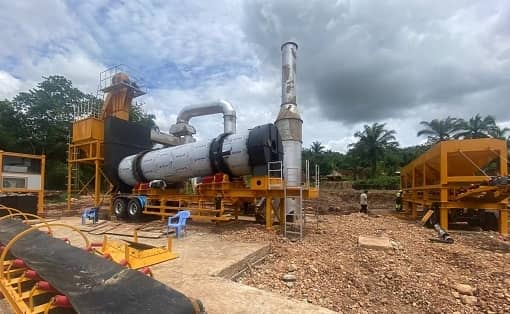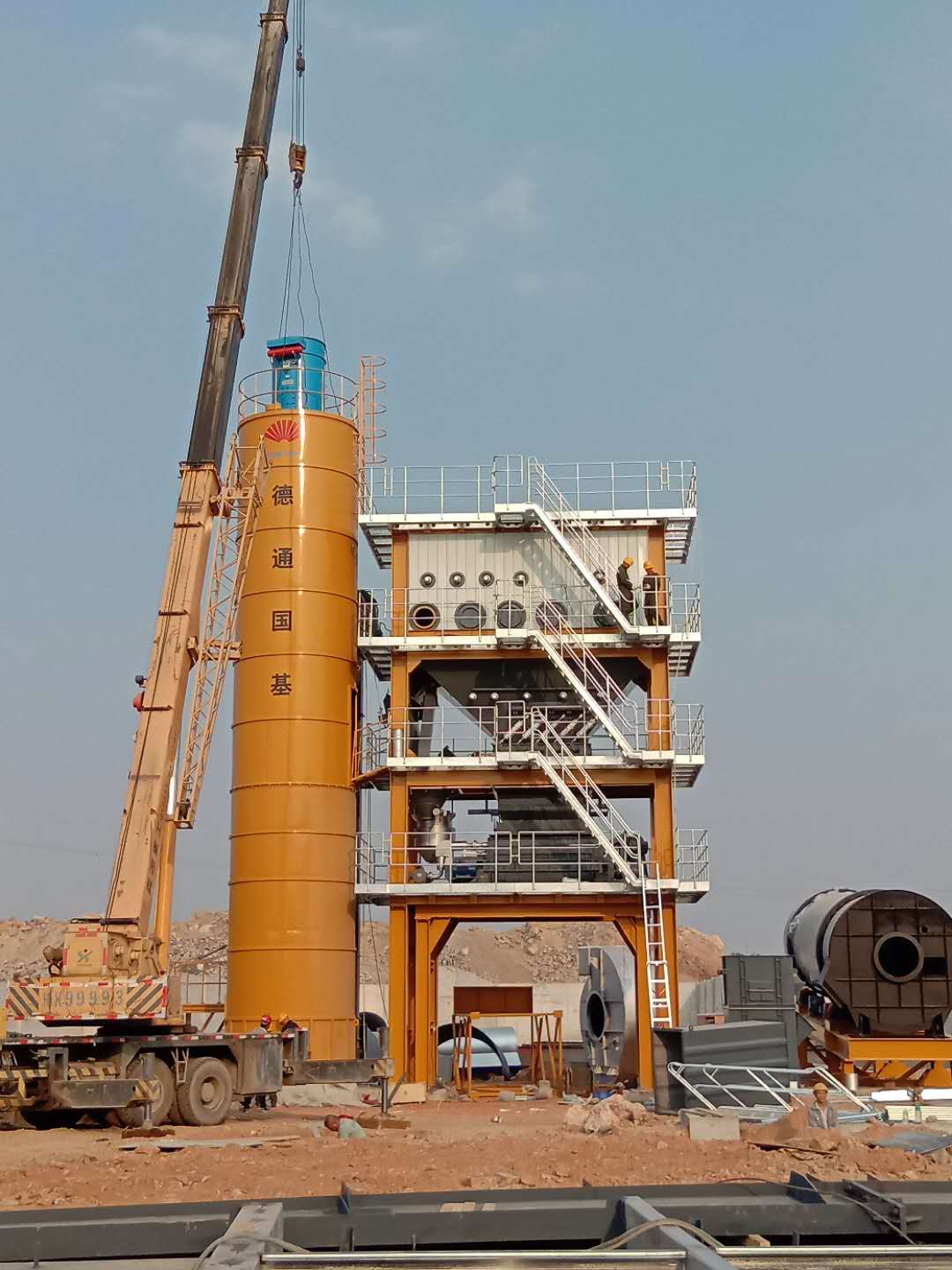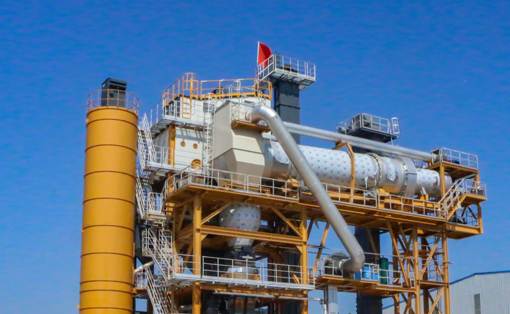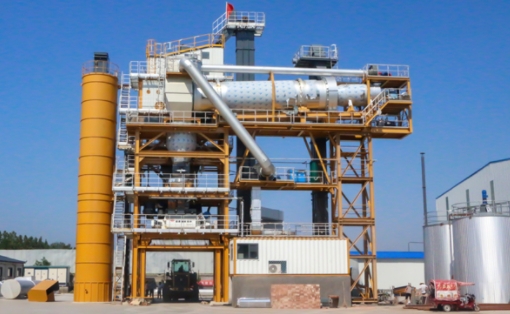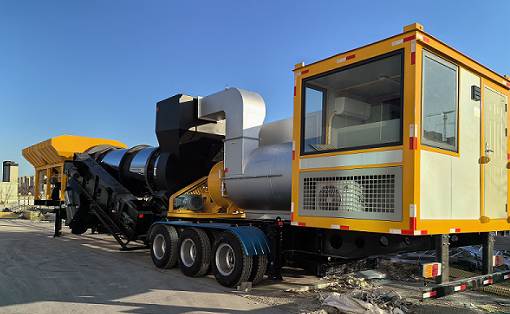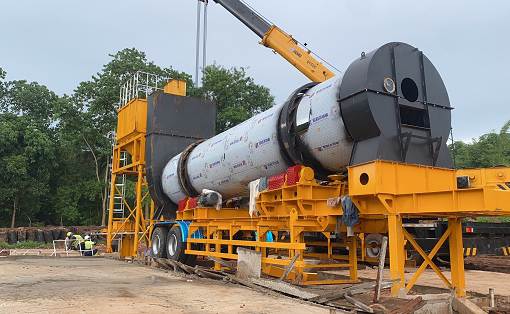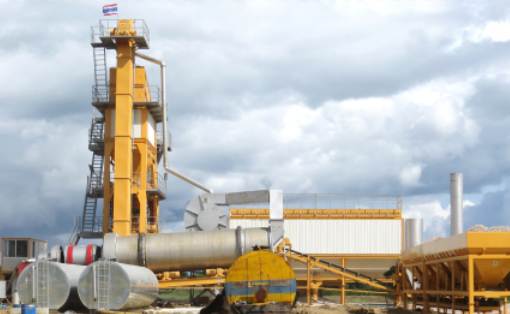Maintenance content of burner of asphalt mixing plant
When using the asphalt mixing plant, you should regularly check the fuel pressure regulating valve or pressure reducing valve to determine whether the surface of the locking nut on the adjustable bolt is clean and removable; if the surface of the screw or nut is too dirty or rusty, it needs to be repaired or Replace the regulating valve.
Check the oil pump regularly to determine whether the sealing device is intact and whether the internal pressure is stable, and replace any damaged or leaking sealing devices. When using hot oil, check whether all oil pipes are well insulated. The filter installed between the oil tank and the oil pump must be cleaned regularly and checked for excessive wear to ensure that the fuel reaches the oil pump smoothly from the oil tank and to reduce the possibility of potential component failure.
When using the asphalt mixing plant, you should regularly check the fuel pressure regulating valve or pressure reducing valve to determine whether the surface of the locking nut on the adjustable bolt is clean and removable; if the surface of the screw or nut is too dirty or rusty, it needs to be repaired or Replace the regulating valve.
Check the oil pump regularly to determine whether the sealing device is intact and whether the internal pressure is stable, and replace any damaged or leaking sealing devices. When using hot oil, check whether all oil pipes are well insulated. The filter installed between the oil tank and the oil pump must be cleaned regularly and checked for excessive wear to ensure that the fuel reaches the oil pump smoothly from the oil tank and to reduce the possibility of potential component failure.
The “Y” filter on the burner of the asphalt mixing station should be cleaned frequently, especially when heavy oil or residual oil is used, to prevent the injector and valve from clogging. While working, check the pressure gauge on the burner to see if it is within the normal range. For burners that require compressed air, check the pressure device to see if the required pressure is generated in the burner, clean all filters on the supply line and check the lines for leaks.
Check whether the inlet protection device on the combustion and atomization air blower is installed correctly, and whether the fan shell is free of damage and leakage. Observe the operation of the blades. If there is too much noise or vibration, adjust the blades to eliminate it. For pulley-driven blowers, the bearings should be lubricated regularly and the belt should be tightened to ensure that the blower can produce rated pressure.
Clean and lubricate the air valve connection to see if the operation is smooth. If there is any obstacle in operation, replace the accessories. Determine whether the air pressure meets the working requirements. If the air pressure is too low, it will cause backfire, causing the guide plate at the front end of the drum and the switching plate in the combustion zone to overheat. If the air pressure is too high, the current will be too large, and the temperature of the bag will be too high or even burnt.
The injector nozzle of the asphalt mixing station should be cleaned regularly, and the spark gap of the ignition electrode should be checked; the flame detector (electric eye) should be cleaned regularly to determine whether the position is installed correctly and whether the temperature is appropriate. Improper position and excessive temperature will cause the photoelectric signal to be unstable or even broken.

